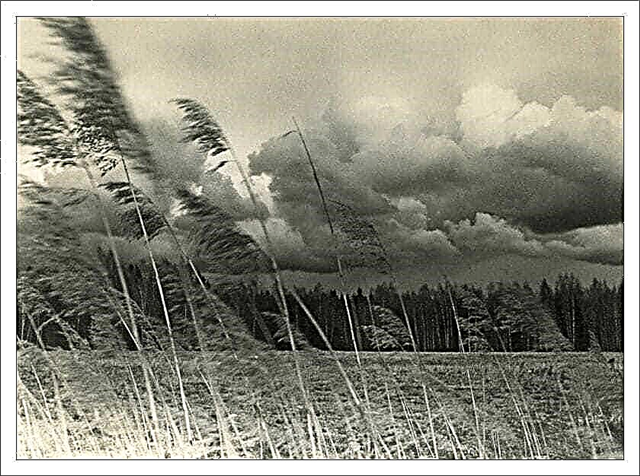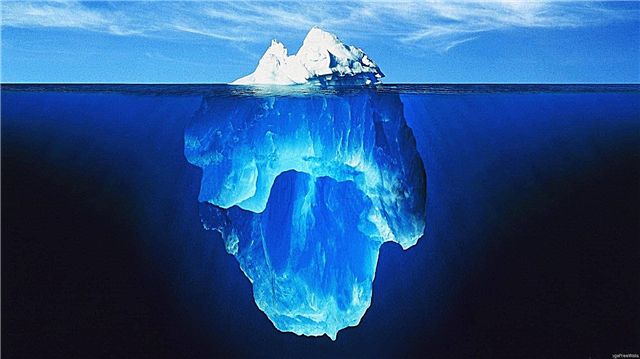
With the onset of autumn and the accompanying cooling process, icicles appear on the roofs of houses, on trees and other objects. Children show great interest in them, and sometimes they not only demand to pick a couple of pieces, but also to tell where they come from.
Icicles are a beautiful natural phenomenon, despite the fact that they can be dangerous - for example, when overhanging blocks of ice on the roofs of houses, threatening to fall down at any time. How are they formed. In fact, there are no mysteries in their appearance. Clusters of ice are formed due to the long-studied natural forces.
What processes form icicles?

The water on the street begins to freeze at the first negative temperatures, creating ice crusts in puddles, ice. It freezes not only on horizontal surfaces. Dropping vertically, an ice drop can also freeze. Moreover, in many cases it flows slowly - water molecules create surface tension forces that help the drop to stay at a certain point on the edge of the roof, on a branch, and so on. These forces impede the natural immediate fall of the object down, as it should be due to the forces of gravity. A drop may well freeze while hanging, and the next drop will freeze already on it. And an icicle is formed - drop by drop.
Under certain temperature conditions, which are usually observed in spring and autumn,as well as during the thaw, snow can thaw on the roofs under the sun, water droplets formed during this process - slide down and gradually freeze. Subsequent drops, rolling down the already formed ice, also gradually cool, making the icicle more massive and long. If frost sets in again, the icicle will remain in the form in which it had formed on warm days, and it will hang until it falls due to its gravity, or is knocked down by people, by the wind. If warming starts at even more serious rates and the temperature rises, the icicle will melt naturally - just like it formed.
Are stalactites and stalagmites icicles?

On the vaults of the caves you can see stone stalactites, as well as stalagmites or stalagmites, which are very similar to icicles. The similarity is so obvious that some people confidently consider stalactites to be ancient petrified icicles. But is it? In fact, the nature of these formations is somewhat different, although water is also “to blame” for their appearance. Seeping through the thickness of the rocks of the earth's crust, water often erodes gypsum, limestone deposits. Water becomes hard, saturated with minerals. If such water seeps to the cave arches and begins to drip down, the process of mineral deposition begins, which forms stalactites.
These objects are created by hundreds, thousands of years, the deposition of minerals cannot occur quickly.Stalagmites on the floor of the cave mark the places where mineral water was dripping. And stalagmates are a kind of columns, which were obtained due to the fusion of stalagmites and stalactites, due to the long process of deposition of salts and minerals.
Thus, icicles are created by freezing drops of water flowing down and freezing in the process of moving. Their formation is facilitated by the force of the surface tension of the water, which holds the droplets. In order for icicles to appear, water is needed, appropriate temperature conditions and the space from which the drops will flow down.












